
Managing Transients to Prolong Critical Infrastructure
Understanding System Scenarios with Air Valves, Check Valves, and Surge Mitigation Options for Water and Wastewater Systems.
Why do we need a surge analysis?
- To determine why the pipeline is breaking.
- For new designs to make sure the pipeline doesn't break.
- To make sure the pipeline stays pressurized to meed regulatory requirements.
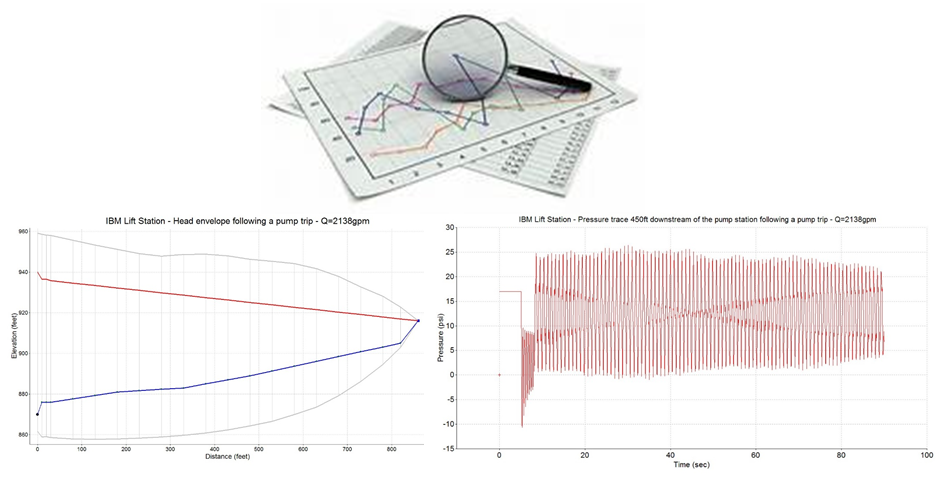
Surge Analysis - Peer Review
Working with end users and engineers is key to optimizing a system. Aging infrastructure coupled with project expansions all need to be taken into consideration on the potable water, reclaimed water, and even pressurized force main systems.
Potential effects on a water system
- More frequent leaks or bursts
- Pipe collapse
- Pump and valve failure
- More frequent broken seals
- Damaged pilots on valves
- Outside intrusion (health risks)
- Poor or unacceptable service
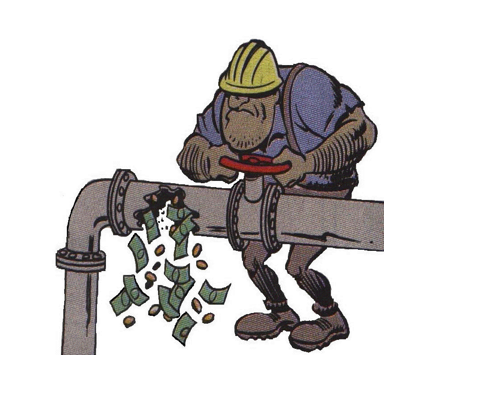
Data to preform a surge analysis...
If a hydraulic model already exists, we can work with an EPANET file export generally to preform the surge analysis. If a model does not exist, we need to obtain the below system data:
- Pipeline plan and profile
- Pipe materials
- Pipe size
- Air valves sizes and locations along the line
- Pump station setup (including pump curves)
- Operating scenarios
- Storage tank levels
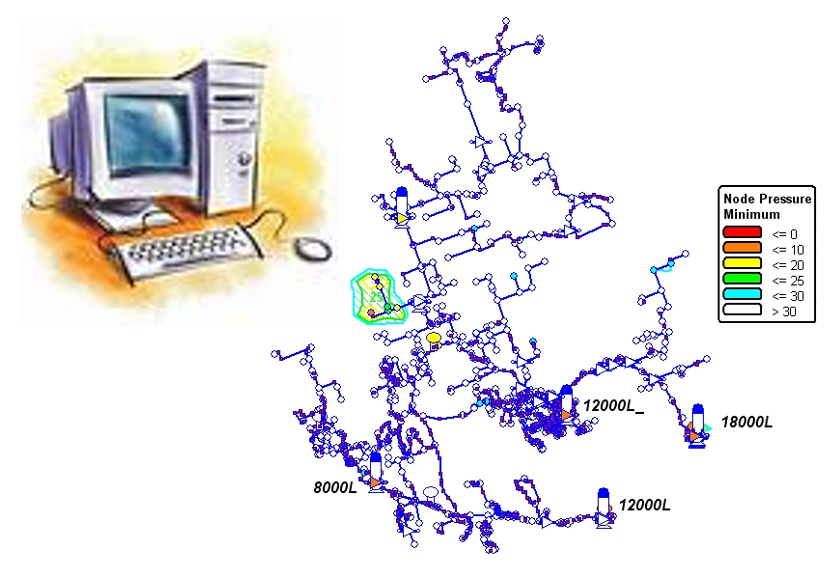
What Causes Pressure Surges?
Rapid change in flow rate caused by:
Valves
Opening and closing too quickly.

Pumps
Start-up, stop, power failure.
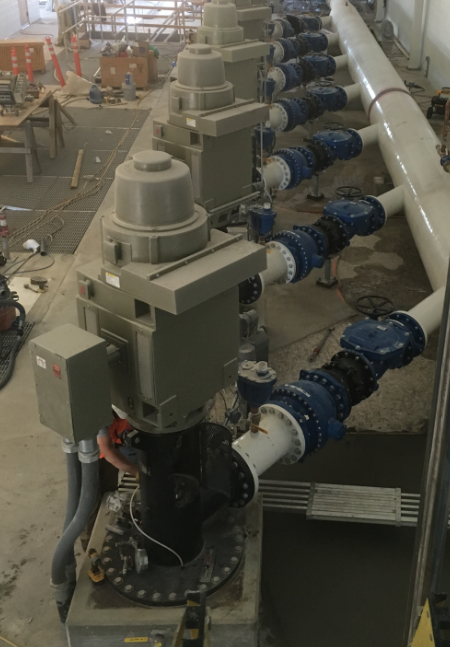
Check Valves
Slamming.
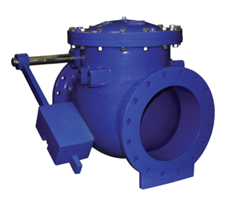
Air/Vac Combinations
Air Slam.
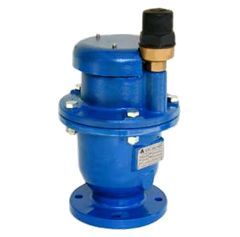
Worst-case analyzed...power failure at max flow.
Fill out the form below for us to connect with you.
Let's Stay Connected!